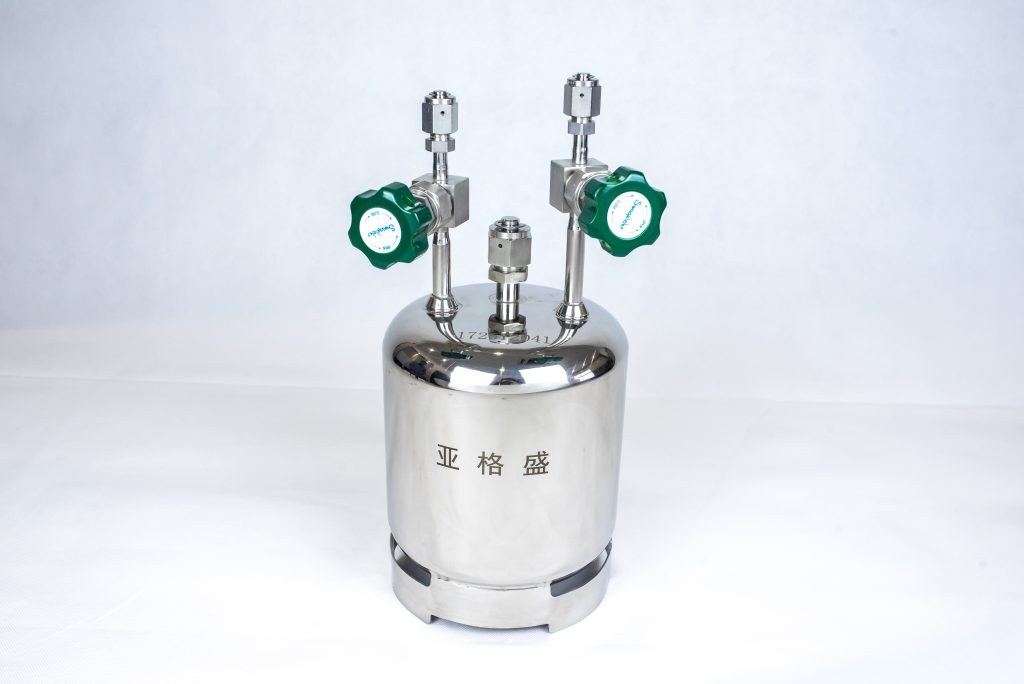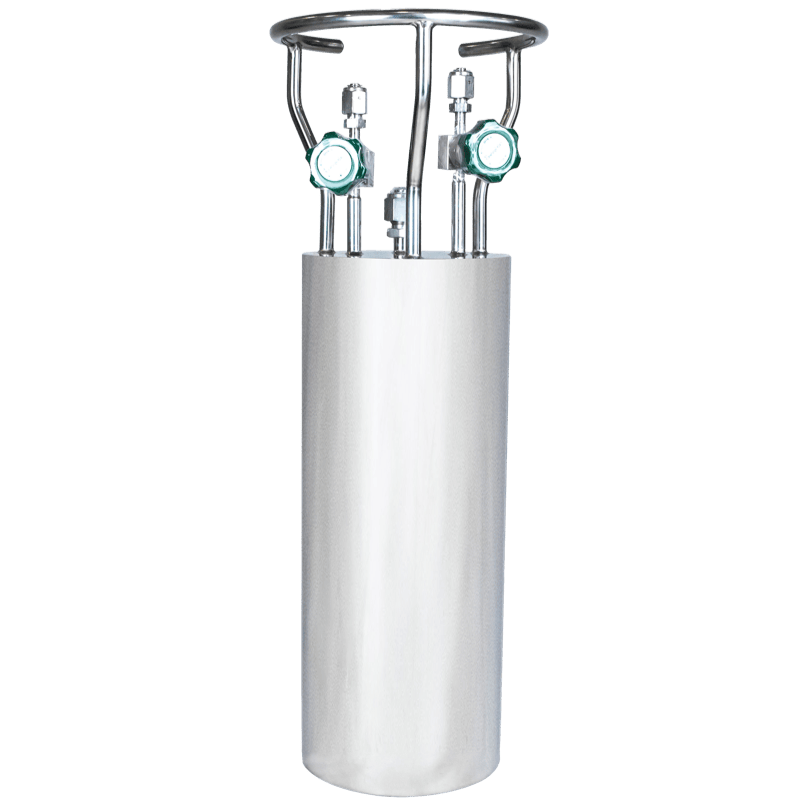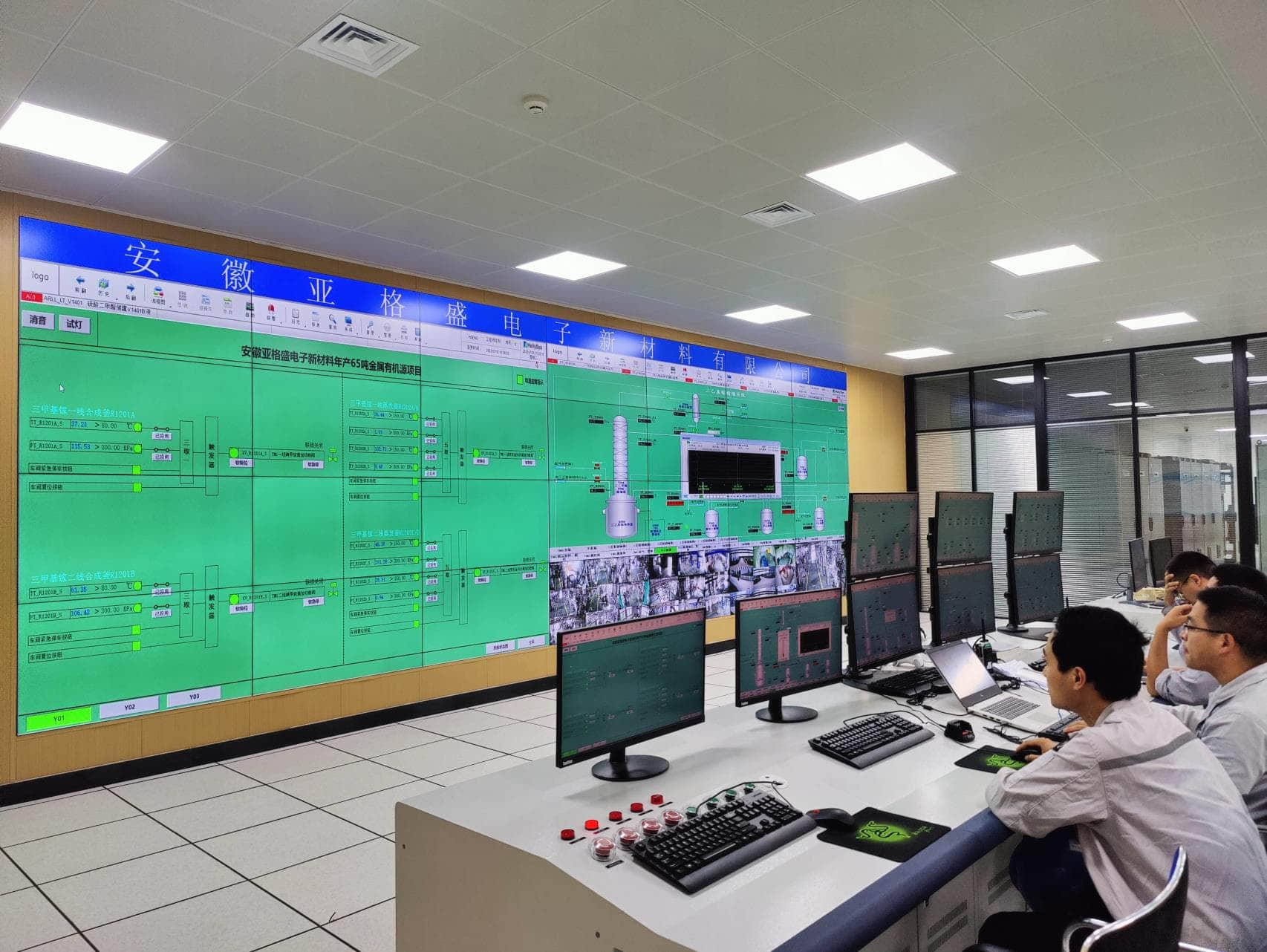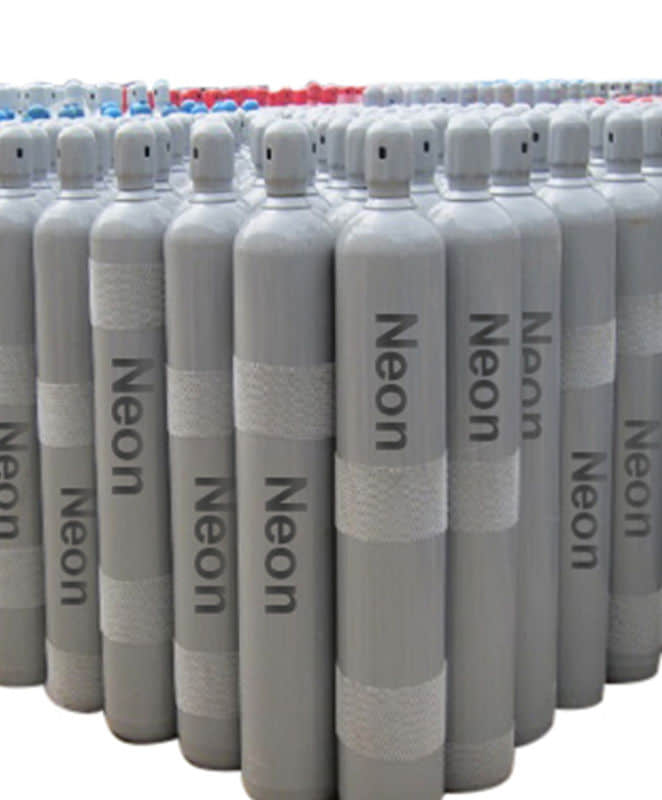Pentakis (dimethylamine) tantalum is a chemical substance with multiple application values. In the field of materials science, it is used as an important precursor for the preparation of tantalum thin films and nanomaterials. In addition, it is also applied in sub fields such as atomic layer deposition and display imaging.
Pentakis(dimethylamino)tantalum (PDMAT) is most widely used as a tantalum source for TaN barrier layers to prevent copper diffusion into silicon in multilevel metallizationsemiconductor devices Despite the presence of N in the molecule, it is beneficial to use an additional nitrogen source (i.e. NH3) to obtain high quality films.
PDMAT may also be used to deposit Ta2O5 for dielectric applications in similar devices to achieve these films, an oxidising source is used (i.e. H2O/O2). PDMAT reacts vigorously with such sources hence strict inert atmosphere conditions are recommended to avoid degradation and/or premature reaction.
The volatility and thermal stability of the source5 is such that PDMAT can be transported from a bubbler in conventional CVD/ALD equipment. Also it can be prepared as a solution for use in liquid injection systems.
In all applications, contamination is a key factor and our research work (legacy SAFCHitech) has been successful in developing purification routes to remove metallic and organic impurities.
| Formula Weight: Boiling Point: Melting Point: Density: V.P. Equation: Appearance: |
401.35 90°C @ 0.8 mmHg (sub) 150-180°C (dec) 1.252 g/ml Log10P(mmHg) = 11.30 – 4125/T(K) Pale yellow solid |
GHS – Classification
Flammable solid (Class 2)
Substances that release flammable gases when exposed to water (Category 1)
Skin corrosion (Category 1B)
Severe eye injury (Category 1)
Protective measures, equipment, and emergency response procedures for operators
Use personal protective equipment. Avoid dust generation. Avoid inhaling vapors, smoke, or gases. Ensure adequate ventilation.
Evacuate personnel to a safe area. Avoid inhaling dust.
Precautions for safe operation
Avoid the formation of dust and aerosols.
Provide suitable exhaust equipment in areas where dust is generated. Do not approach sources of fire Smoking is strictly prohibited.
Environmental protection measures
If safety can be ensured, measures can be taken to prevent further leakage or overflow. Do not let the product enter the sewer.
Methods for containment and removal of leaked chemicals and disposal materials used
Sweep and shovel away.
Contain the overflow, collect it with an anti electric vacuum cleaner or wet brush, and place it in a container for disposal according to local regulations (see section 13)
Points). Do not rinse with water. Place in a suitable closed container for processing.
Transportation information
14.1 United Nations Dangerous Goods Number
European dangerous goods regulations for land transportation: 3131 International dangerous goods regulations for sea transportation: 3131 International dangerous goods regulations for air transportation: 3131
14.2 United Nations Transport Names
European Land Transport Safety Regulations: WATER-REACTIVE SOLID, COLLOSIVE, N.O.S. (Pentakis (dimethylamine) tantalum)
International Maritime Safety Regulations:
International Air Transport Safety Regulations: Water reactive solid, corrosive, n.o.s. (Pentakis (dimethylamine) tantalum)
Passenger aircraft: transportation not allowed
14.3 Transport hazard categories
European Dangerous Goods Regulations for Land Transport: 4.3 (8) International Maritime Dangerous Goods Regulations: 4.3 (8) International Air Dangerous Goods Regulations: 4.3 (8)
14.4 Package Group
European Land Transport Dangerous Goods Regulations: I International Maritime Dangerous Goods Regulations: I International Air Transport Dangerous Goods Regulations: I
14.5 Environmental hazards
European Land Transport Dangerous Goods Regulations: No International Maritime Dangerous Goods Regulations International Air Transport Dangerous Goods Regulations: No
Marine pollutants (yes/no): no







